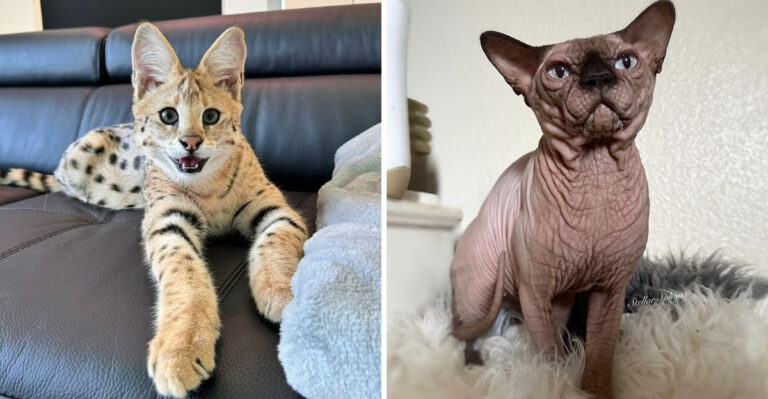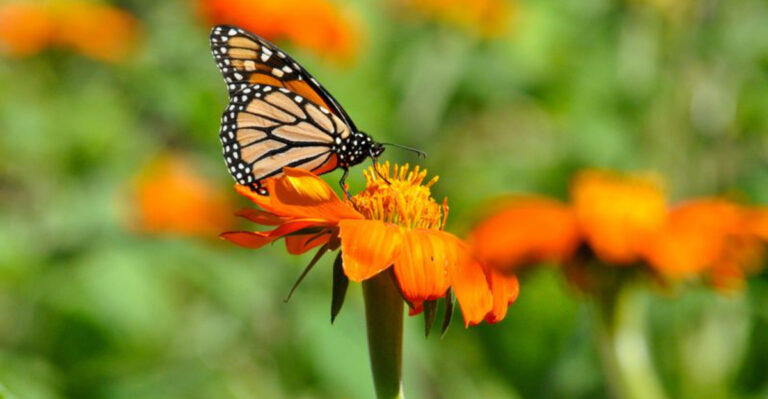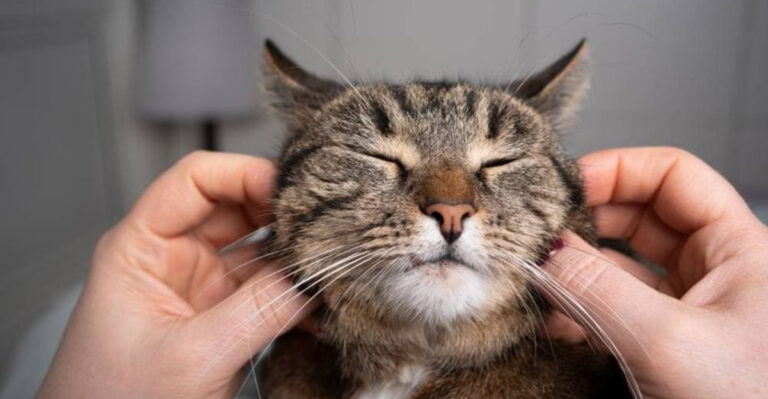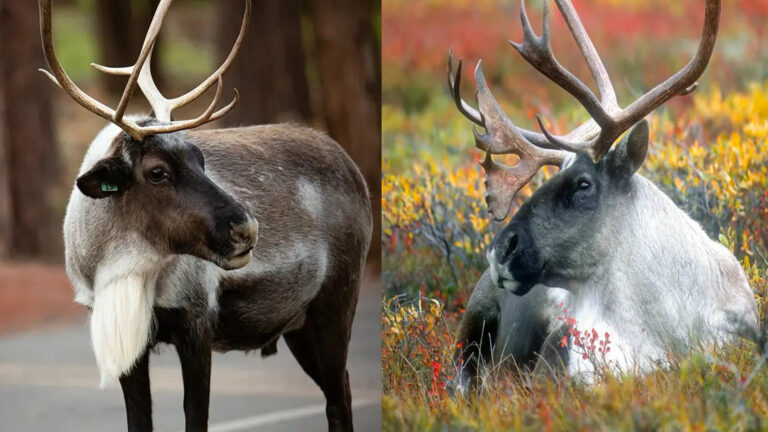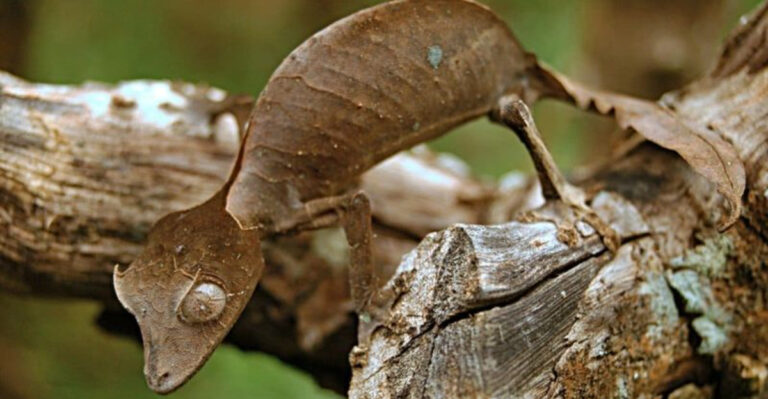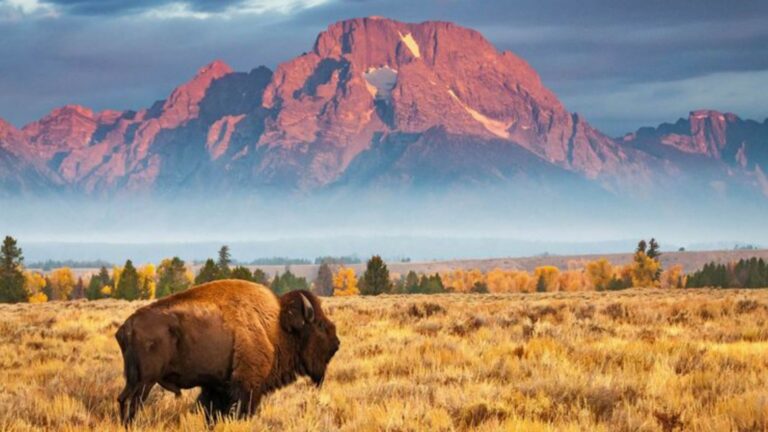Colossal Moa, One Of The Largest Birds Once Lost To Time Is Now The 5th ‘De-Extinction’ Species
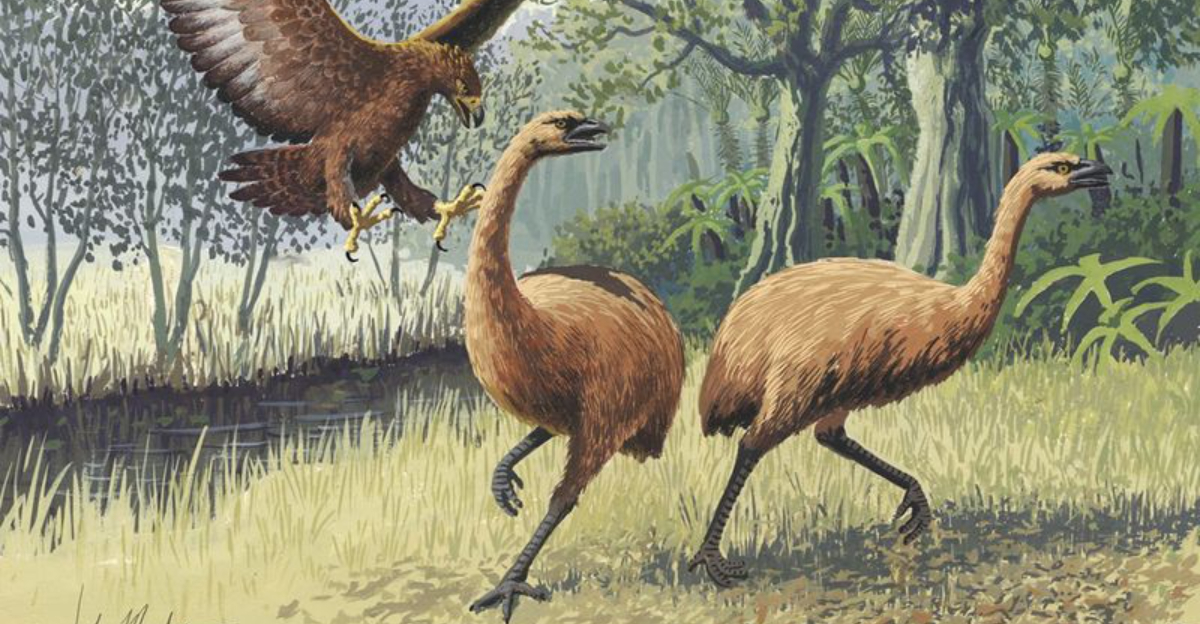
Imagine a bird as tall as a basketball hoop, weighing more than your family car, suddenly returning from extinction. The colossal moa, a giant flightless bird that once dominated New Zealand’s landscape, disappeared centuries ago after human arrival.
Now, thanks to groundbreaking genetic science, this magnificent creature is poised to become the fifth species brought back from extinction, joining an elite group of de-extinction success stories that could forever change our relationship with lost species.
The Giant Flightless Bird That Once Roamed New Zealand Is Coming Back
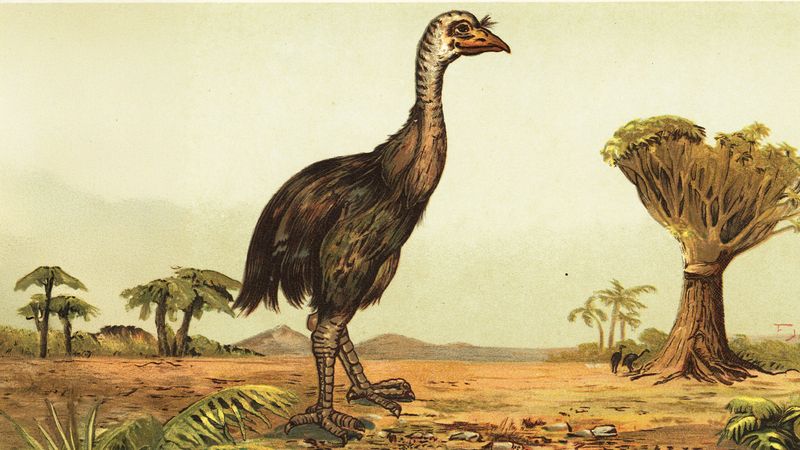
Scientists have announced plans to resurrect the mighty moa, an enormous flightless bird that vanished from New Zealand’s forests around 600 years ago. This remarkable comeback represents one of the most ambitious de-extinction projects ever attempted.
Unlike previous resurrection candidates, the moa left no close living relatives, making its revival particularly challenging. Researchers must piece together its genetic code from ancient DNA fragments preserved in bones, feathers, and eggshells.
If successful, New Zealand’s iconic landscapes could once again feature these gentle giants browsing among native plants and reshaping ecosystems that evolved alongside them for millions of years.
Moa Stood Up To 12 Feet Tall And Disappeared Centuries Ago
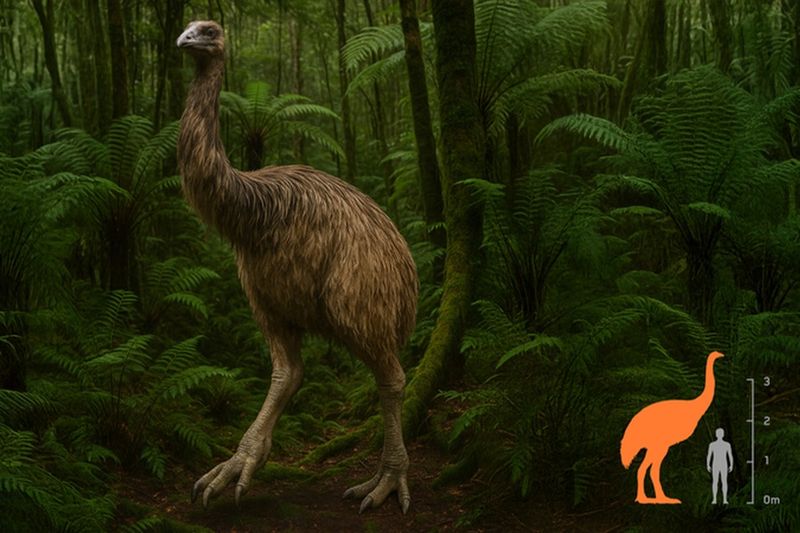
Towering at heights up to 12 feet, these feathered giants dominated New Zealand’s landscape until approximately the 15th century. Their massive frames supported bodies weighing over 500 pounds – heavier than many adult humans combined!
Maori settlers encountered these enormous birds upon arriving in New Zealand, finding creatures with no natural fear of humans. This tragic innocence contributed to their rapid decline, as they became prized hunting targets.
Despite their impressive size, moas were gentle herbivores that shaped forest ecosystems through their browsing habits. Their long necks allowed them to reach vegetation inaccessible to other animals, creating unique ecological niches that remained empty after their disappearance.
This Towering Herbivore Vanished After Humans Arrived
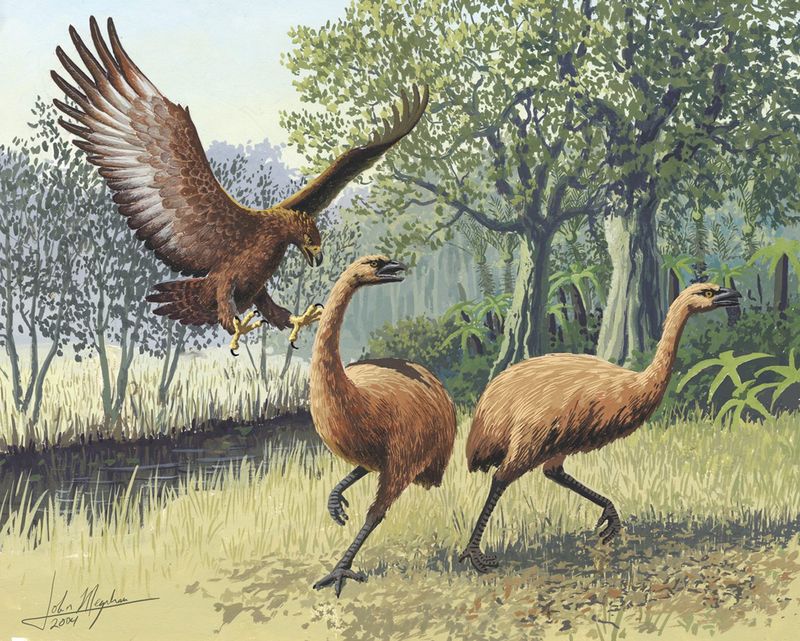
Archaeological evidence tells a heartbreaking story of the moa’s rapid decline. These magnificent birds thrived for millions of years with no natural predators until humans reached New Zealand’s shores around 1300 CE.
Within just 100 years of human contact, all nine moa species vanished forever. Hunters prized them for their massive quantities of meat, feathers, and bone tools, while introduced predators like rats devastated their nesting grounds.
The speed of their extinction serves as a sobering reminder of human impact. Moa bones discovered alongside hunting tools and cooking sites paint a clear picture of intensive hunting that pushed these remarkable birds beyond their ability to replenish their populations.
Once The Size Of A Horse Now The Moa May Walk Again
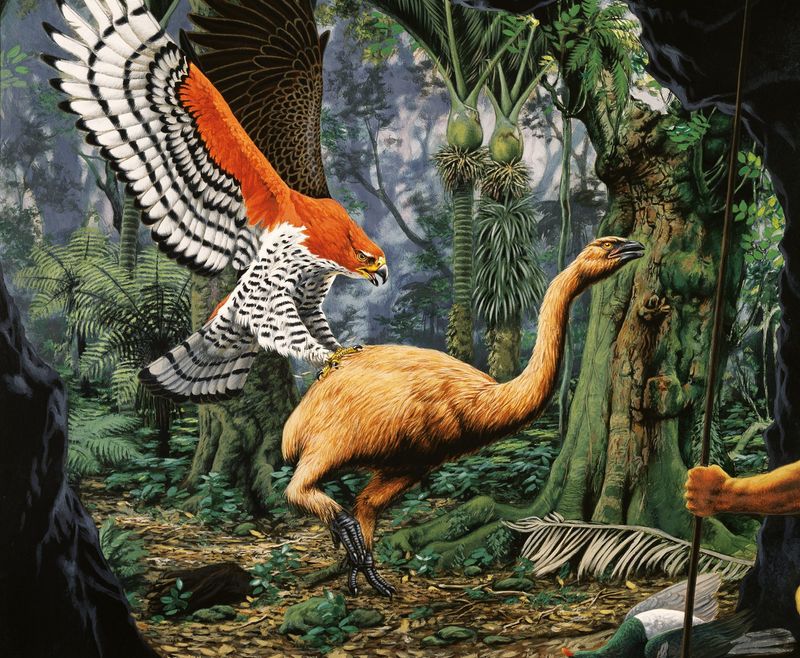
Horse-sized birds sound like fantasy, yet the largest moa species truly rivaled ponies in height and weight. These colossal creatures left behind equally impressive eggs – some measuring 9 inches long and large enough to hold two gallons of liquid!
Modern genetic technology now offers a path to bring these giants back from oblivion. Scientists have successfully extracted DNA fragments from well-preserved moa remains found in caves and swamps throughout New Zealand.
The resurrection process involves mapping this ancient genetic code, then gradually editing the genes of the moa’s closest living relatives to match the extinct bird’s DNA profile. While the first revived moas won’t reach full ancestral size immediately, researchers believe they can eventually restore these magnificent giants to their former glory.
The Moa Is One Of Five Species Scientists Are Bringing Back
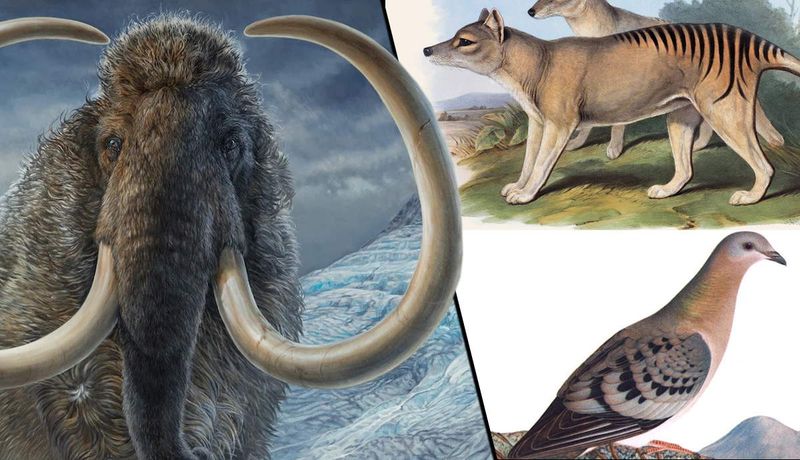
The moa joins an elite roster of resurrection candidates that includes the woolly mammoth, passenger pigeon, Tasmanian tiger, and Pyrenean ibex. Each species represents a milestone in our growing ability to reverse extinction through genetic science.
Unlike some de-extinction projects focused on recently-lost species, the moa presents unique challenges due to its ancient DNA and lack of close modern relatives. The scientific team must reconstruct its genome from fragments while identifying suitable surrogate species for embryo development.
Success with the moa would dramatically expand the boundaries of de-extinction science. It would prove that even species without close living relatives could potentially return, opening possibilities for restoring other lost giants from Earth’s prehistoric past.
From Fossil To Future How The Moa Could Roam Again
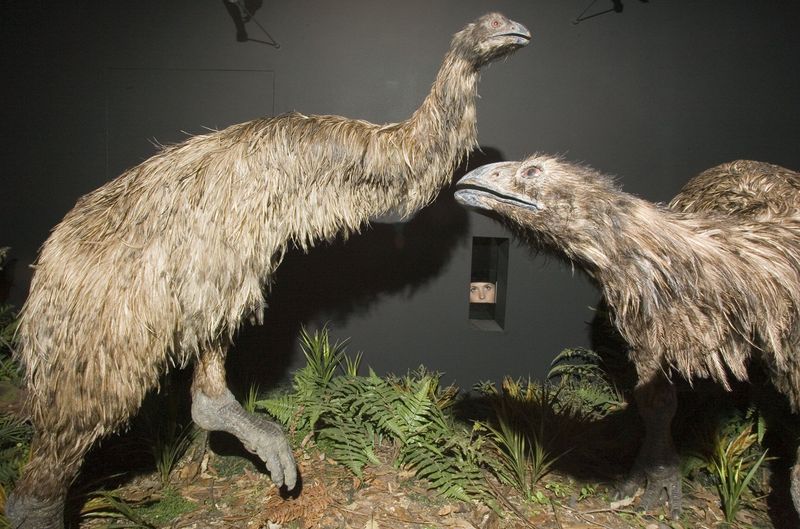
The journey from dusty fossil to living, breathing moa involves scientific disciplines that didn’t exist even twenty years ago. Paleogeneticists first extract ancient DNA fragments from well-preserved specimens found in New Zealand’s caves, swamps, and archaeological sites.
Next comes the painstaking process of assembling these genetic pieces into a complete blueprint. Specialized computers run algorithms that identify gaps and predict missing sequences based on related bird species.
The final step involves creating embryos using modified cells from living relatives, then implanting them in surrogate mothers. Early specimens won’t be identical to their ancestors, but with each generation, scientists can refine the genetic profile until they achieve birds remarkably similar to those that once roamed New Zealand’s prehistoric forests.
The Moa’s Revival Marks A Milestone In De-Extinction Efforts
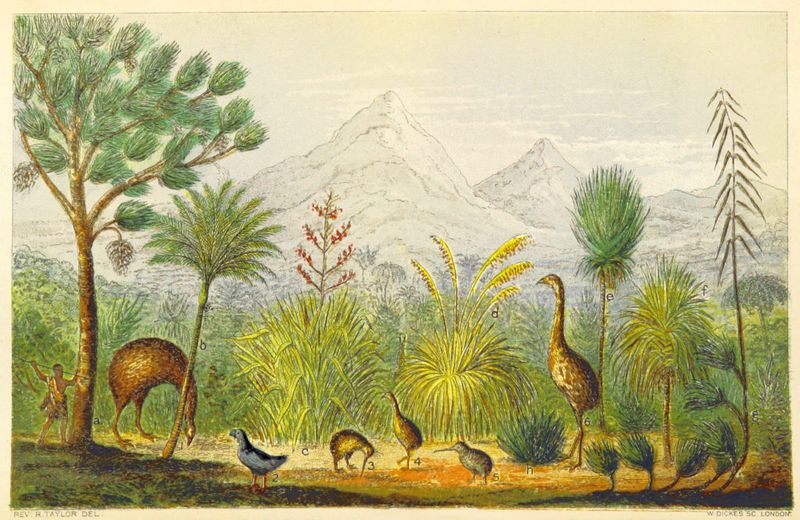
Bringing back the moa represents a quantum leap in de-extinction science. Previous resurrection attempts focused on species with close living relatives or those that disappeared relatively recently, like the Pyrenean ibex that went extinct in 2000.
The moa project pushes these boundaries dramatically. These birds vanished centuries ago and left no direct descendants, making their genetic reconstruction far more challenging than previous candidates.
Success would forever change our understanding of extinction’s permanence. If scientists can resurrect the moa, similar techniques could potentially revive other lost species throughout evolutionary history. This milestone achievement would transform conservation from a race to prevent extinction into a broader effort that includes restoring species we’ve already lost.
Scientists Say Moa DNA Could Help Restore Lost Ecosystems
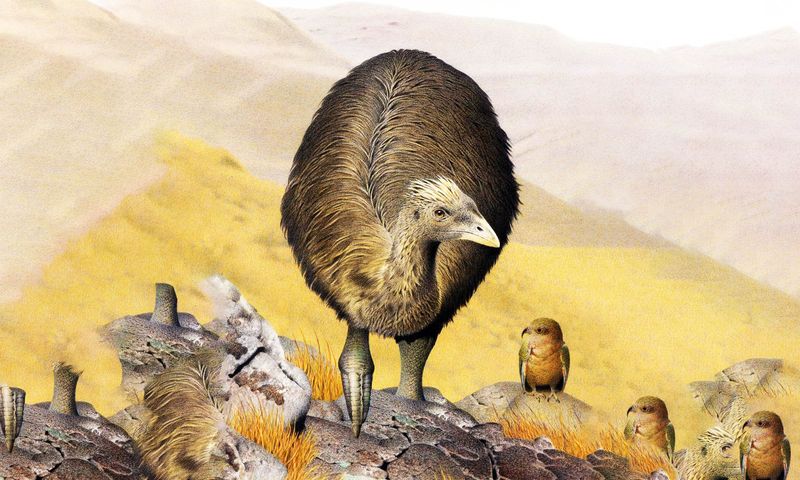
The moa wasn’t just a remarkable bird – it was a keystone species that shaped New Zealand’s entire ecosystem. As massive browsers, these giants influenced forest growth patterns, seed dispersal, and plant evolution across the islands.
Their sudden disappearance created ecological gaps that remain unfilled today. Many native plant species evolved defensive adaptations specifically against moa browsing, and some now struggle without their ancient partners.
Reintroducing these birds could potentially restore natural balances lost centuries ago. Scientists believe revived moas could help control invasive plants while promoting native species adapted to their browsing habits. The project represents a revolutionary approach to conservation – not just preserving what remains, but actively restoring lost ecological relationships.
One Of The World’s Largest Birds Is No Longer Just A Memory
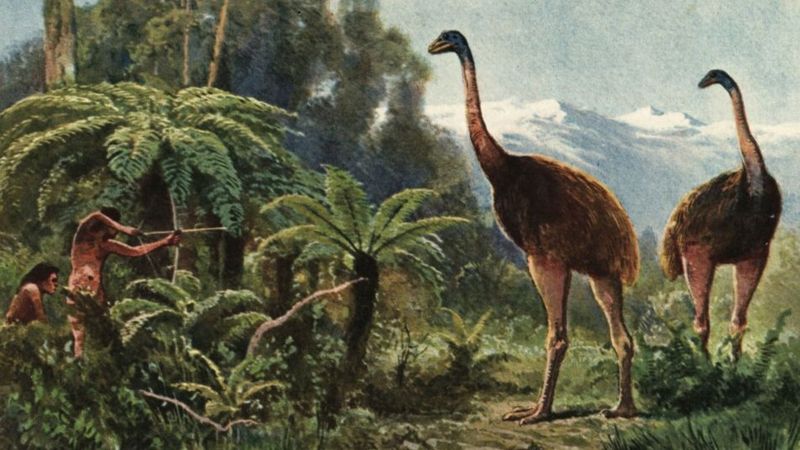
For centuries, the mighty moa existed only in Maori legends, museum displays, and scientific journals. Children gazed at skeleton reconstructions, trying to imagine these colossal birds striding through ancient forests.
Now, thanks to visionary scientists and cutting-edge technology, these magnificent creatures may soon step from imagination into reality. The implications extend far beyond simply seeing an extinct species alive again.
A living, breathing moa would transform our relationship with extinction itself. Rather than viewing lost species as permanently gone, we might see them as temporarily absent – candidates for future restoration when technology and resources allow. This philosophical shift could fundamentally change how we value biodiversity and approach conservation in the coming centuries.

